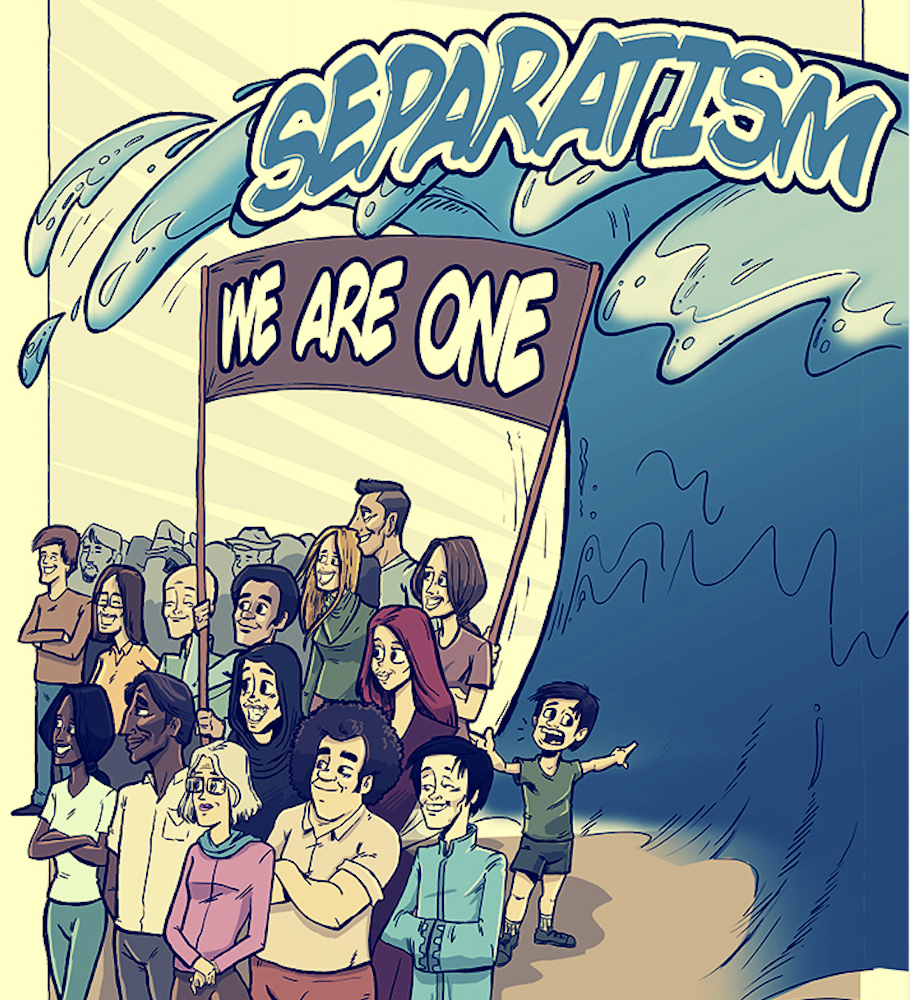Hobson’s Pledge Trust
hobsonspledge.nz
Three more Northland councils will vote in the next few days on whether to introduce Maori wards so now is the time for you to email councillors to explain why such wards are racist and not wanted.
The Kaipara District Council will vote on a Maori ward on Wednesday, October 28, the Far North District Council on Thursday, October 29, and the Whangarei District Council on Tuesday, November 3.
In Whangarei on Monday, October 20, the Northland Regional Council voted for a separate Maori seat prompting councillor John Bain to resign and walk out of the meeting saying he couldn’t support the ‘broken democracy’ of bringing in Maori constituencies.
Signatures are being collected in New Plymouth and Tauranga for a ratepayer vote on whether to proceed with Maori wards in those areas after councils there opted for them without consulting their communities.
Curiously, a Northland regional councillor said during the Maori constituency debate there said she had “no idea” why Maori seats in central government “weren’t being replicated in local government”.
The simple fact is that four Maori seats were introduced in in 1867 as a short-term measure to enfranchise Maori men who could not prove they owned sufficient property to qualify to vote.
Why didn’t the need for Maori seats disappear when all men got the vote, irrespective of property ownership? Besides, all adults in New Zealand have been able to vote since 1893.
The Royal Commission into the Electoral System in 1986 recommended abolition of the Maori seats if MMP were adopted. MMP was adopted but the Maori seats stayed.
A Maori ward in a city or district council, called constituencies in regional councils, is where Maori roll voters are limited to voting for a candidate standing for a reserved Maori seat.
Paternalistic non-Maori councillors may think they are doing the right thing “for Maori” by limiting those on the Maori roll to vote only for Maori seat candidates.
These paternalistic councillors may hold the objectionable view that avoiding consultation bypasses large numbers of white racists.
But lack of consultation also ignores the views of Maori roll voters who, if they don’t like the choice available, must wait for the next census to change to the general roll.
Maori wards imply that Maori are incapable of achieving without race-based favouritism, therefore insults this group of people.
But Maori representation in local government is already increasing without the need for positive discrimination.
The review of the 2019 local authority elections shows the proportion of members who identify as Maori reach 13.5 per cent of all members, up from 10 per cent in 2016 and almost twice the proportion elected in 2013.
We believe that Maori wards are not necessary for council decisions, which are mainly to do with roads, clean drinking water, sewage, drainage, libraries, sports facilities and cultural centres, all of which are for the benefit of everyone irrespective of ethnicity.
Any decision based on race is, by definition, racist. This means any decision to set up a race-based voting arrangement is itself racist.
Neither is a decision on Maori wards based on the Treaty of Waitangi because all the treaty said about rights was that Maori were to get the rights of British subjects. There is nothing about separate representation there.
At least, because setting up a Maori ward or constituency is a significant change in representation, such a proposal should be put to the community at large as a vote before proceeding.
By email, please ask these councillors to vote against a Maori ward.
Your email could be your personal reaction to the idea in a single sentence, any one of the seven preceding paragraphs, or all seven preceding paragraphs.
The email addresses of councillors in the three councils are:
KAIPARA DISTRICT COUNCIL (to vote on October 28)
- Jason Smith [email protected]
- Anna Curnow [email protected]
- Karen Joyce-Paki [email protected]
- Victoria Del La Varis-Woodcock [email protected]
- Jonathan Larsen [email protected]
- Mark Vincent [email protected]
- Peter Wethey [email protected]
- Eryn Wilson-Collins [email protected]
- David Wills [email protected].
FAR NORTH DISTRICT COUNCILLOR (to vote on Oct 29)
- John Carter (mayor) [email protected]
- Ann Court [email protected]
- David Clendon [email protected]
- Rachel Smith [email protected]
- Kelly Stratford [email protected]
- Moko Tepania [email protected]
- John Vujcich [email protected]
- Dave Collard [email protected]
- Felicity Foy [email protected]
- Mate Radich [email protected]
WHANGAREI DISTRICT COUNCIL. (to vote on Nov 3)
- Sheryl Mai [email protected]
- Greg Innes [email protected]
- Ken Crouper [email protected]
- Shelley Deeming [email protected]
- Gavin Benney [email protected]
- Jayne Golightly, [email protected]
- Tricia Cutforth [email protected]
- Anna Murphy [email protected]
- Greg Martin [email protected]
- Simon Reid, [email protected]
- Carol Peters [email protected]
- Nicholas Connop [email protected]
- Phil Halse [email protected]
- Vince Cocurullo [email protected].
A single email may be sent to all councillors at once by copying and pasting the email address of the first mayor into the “to” window in your email software, and then by copying and pasting the email addresses of all other mayors and councillors into the “BCC” window, to avoid sending a large number of email addresses with each email. Then send.
If you enjoyed this BFD article please share it.

